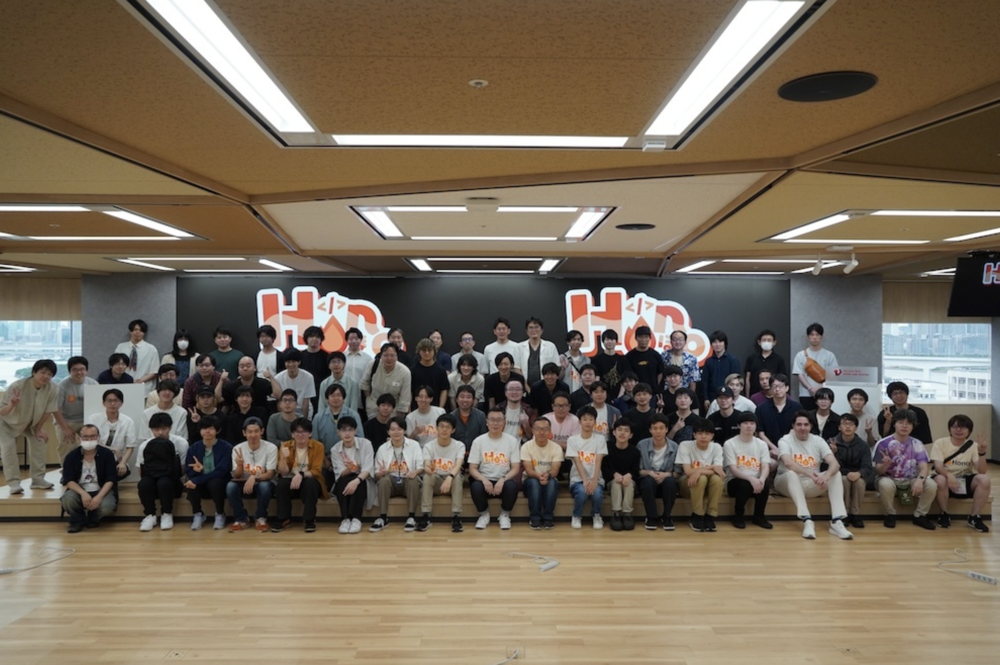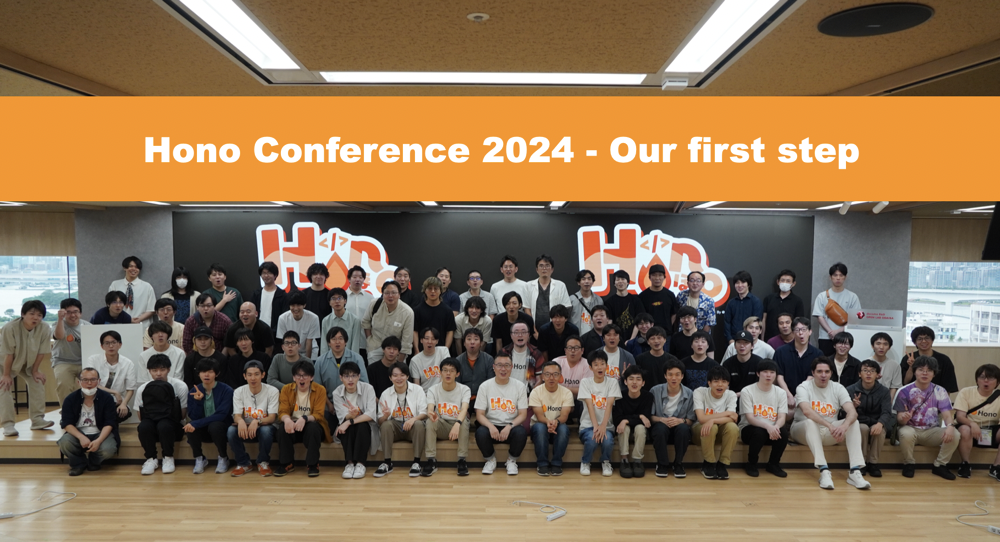
Hono Conference #1
Hono Conference #1
On June 22, 2024, the first ”Hono Conference” was held in Tokyo. This was the first event focused solely on Hono, so we added the subtitle ”Our first step” With 100 participants, the event was a great success.
In this article, I will report on the Hono Conference.
Venue
The venue was kindly provided by docomo R&D OPEN LAB ODAIBA. It was a spacious and wonderful venue. Thank you very much!
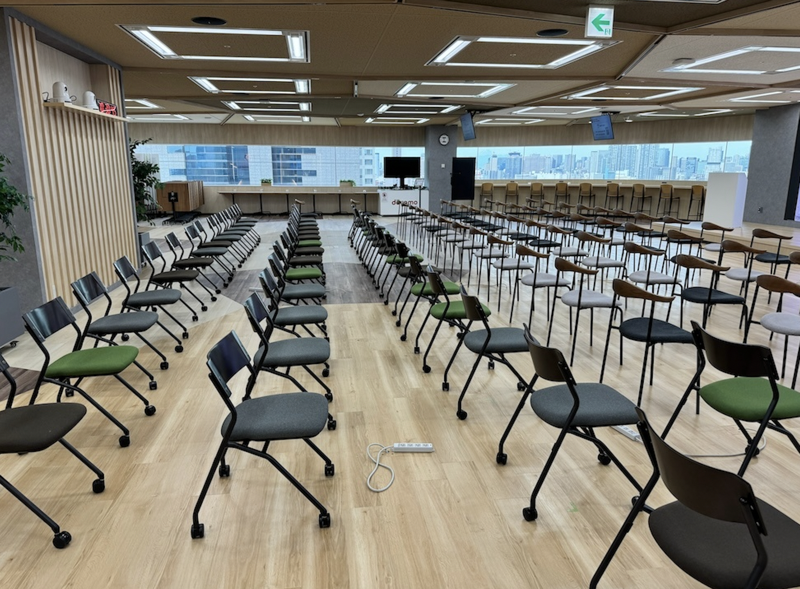
Attendees
Participants were invited through the following page:
https://hono.connpass.com/event/319062/
Out of 90 available spots, we had 140 applicants. This shows the popularity of the event. On the day, 100 people, including speakers, participated.
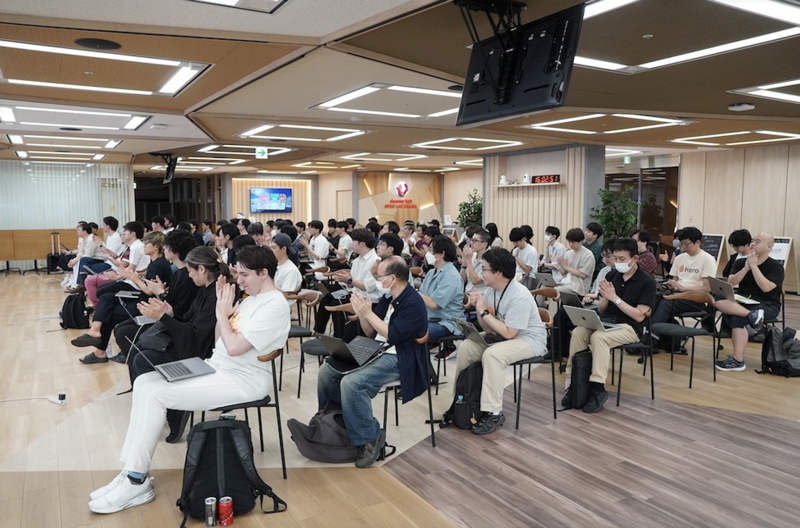
It was impressive to see almost everyone raise their hands when asked if they had used Hono before.
Talks
The event lasted for three and a half hours from 1 PM to 4:30 PM, consisting entirely of talks. There were four tracks:
- Contributor Track
- Panel Discussion
- User Track
- Keynote Speech
The schedule was as follows:
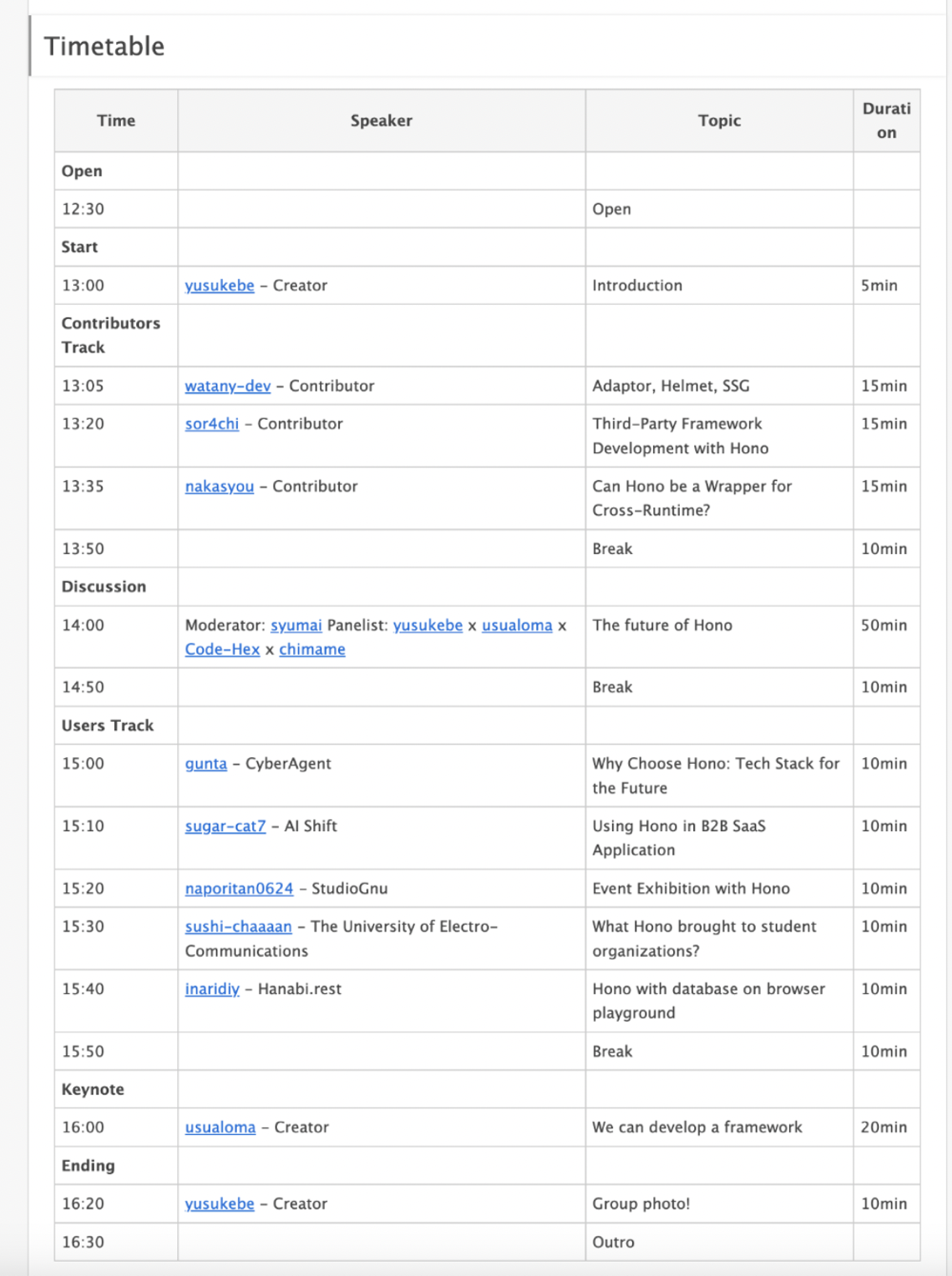
Let’s take a look at each talk. All presentations were conducted in Japanese, but the slides were in English, making them understandable for those who know English.
Contributor Track
Three contributors to the Hono project gave talks.
Adaptor, Helmet, SSG by watany-dev
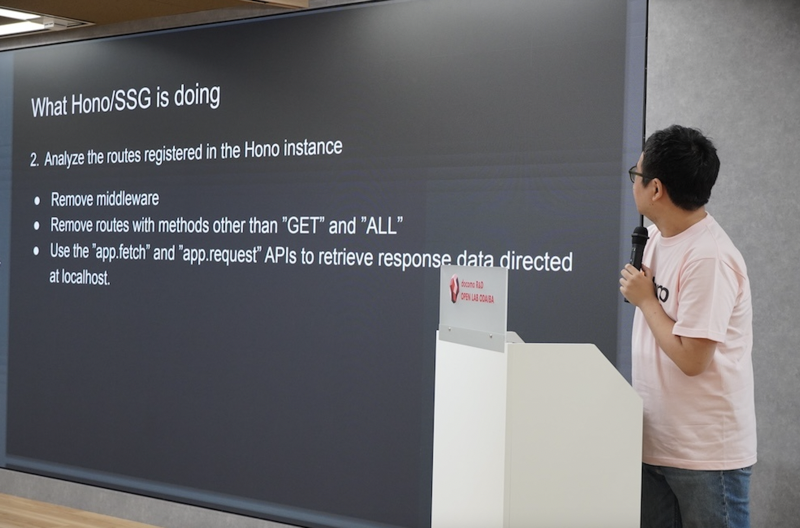
He has developed adaptors for AWS Lambda and Lambda@Edge, Secure Headers middleware similar to Helmet in Express, and a helper for Static Site Generation. Hono was initially created for Cloudflare Workers, but it aims to work on all JavaScript runtimes and platforms. Supporting AWS has contributed to increasing Hono’s user base, which in turn improves the product quality.
He discovered Hono while looking for a TypeScript-based framework that could be used with AWS CDK. He mentioned making Hono’s Stream work with AWS Lambda, which is exciting.
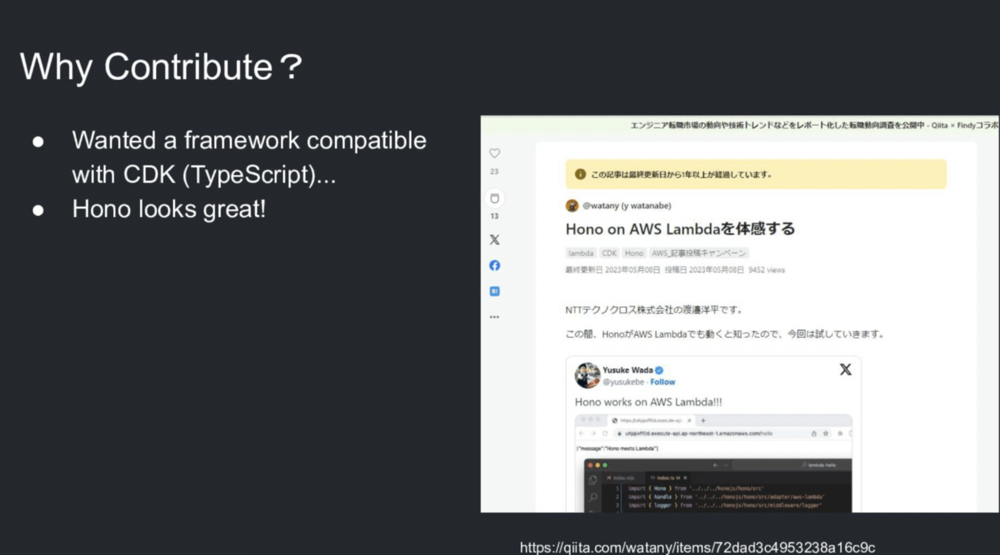
The talk about possibly creating @hono/aws was memorable.
The slies: https://speakerdeck.com/watany/adaptor-helmet-ssg
Third-Party Framework Development with Hono by sor4ch
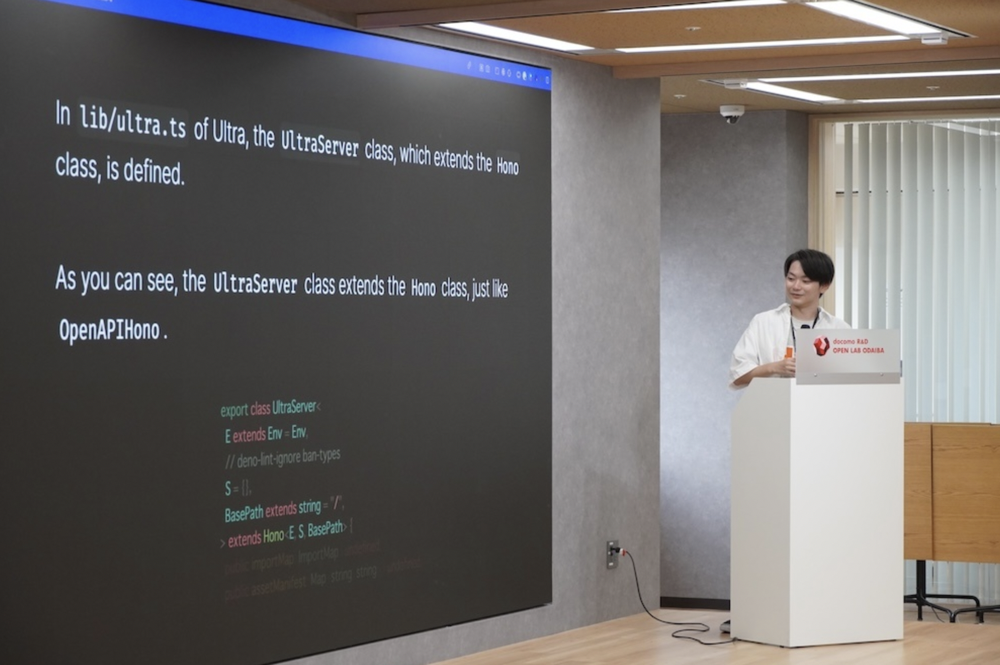
He is the author of helpers that support Stream with Hono and other projects like Hono Storage and Hono DO outside of the official Hono projects.

Hono DO is a wrapper for easily handling Durable Objects with Hono. It seemed very promising, but he mentioned that with the new RPC feature in Workers, it might no longer be necessary 😭
He introduced how to create middleware for Hono from scratch and extend Hono in general. The set/get usage of Context for Dependency Injection (DI) was highlighted in many other talks as well.
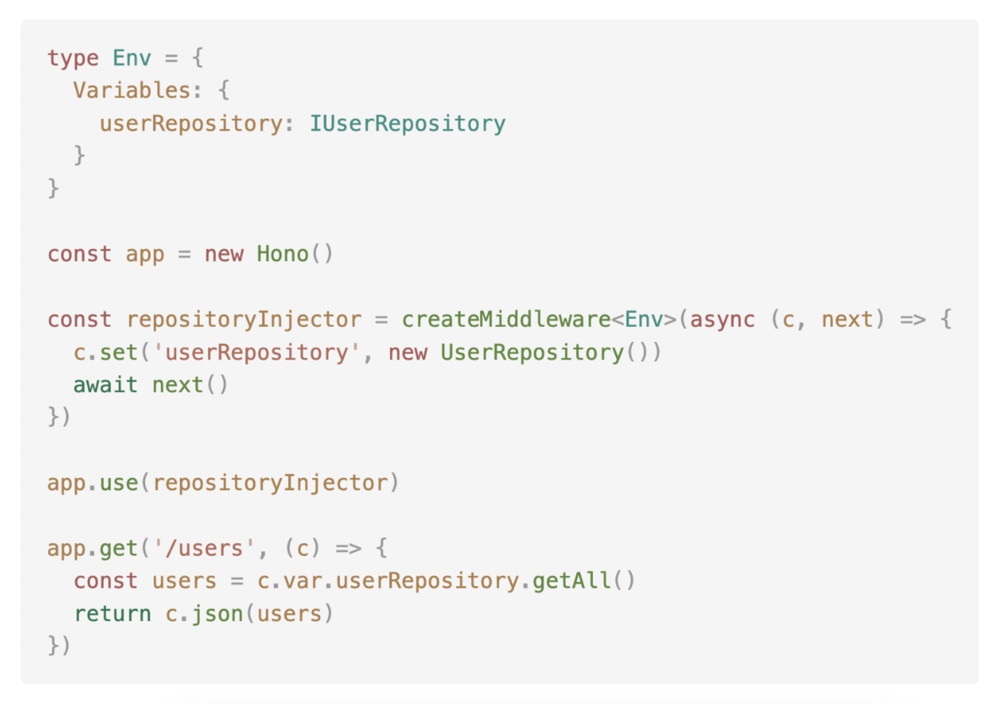
The slides: https://slides.monica-dev.com/hono-conf-2024/#/1
Can Hono be Wrapper for Cross-Runtime? by nakasyou
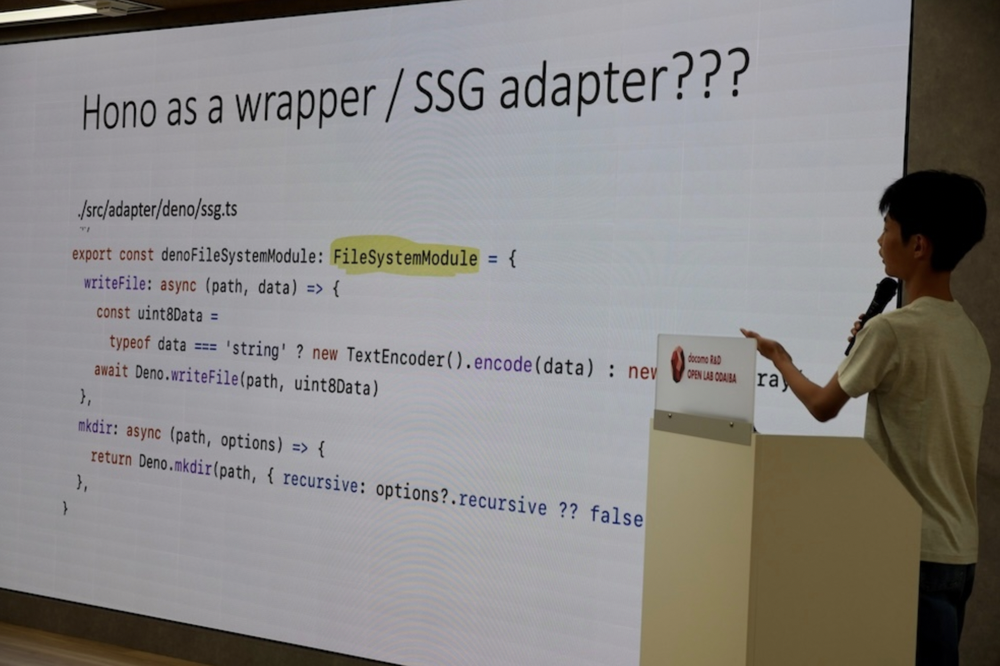
Surprisingly, he is a middle school contributor! Despite his age, his talk was very insightful. He first gave the example of PHP, which runs on many older compute environments, and then discussed how JavaScript, as the new generation language, runs on platforms like Cloudflare, Vercel, Deno Deploy, and Netlify.
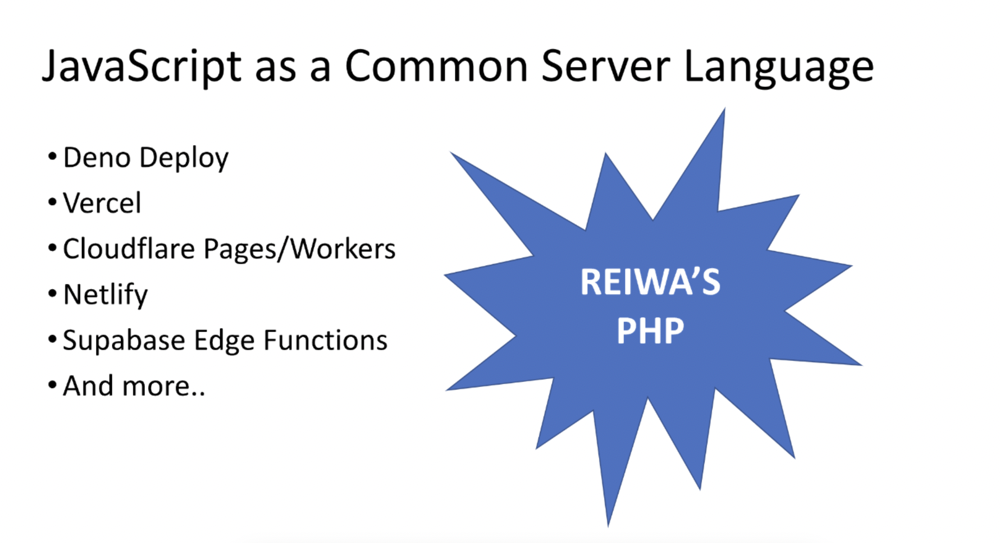
However, not all codes are identical across these platforms, like the handling of Web Sockets. He suggested that Hono could bridge these gaps.
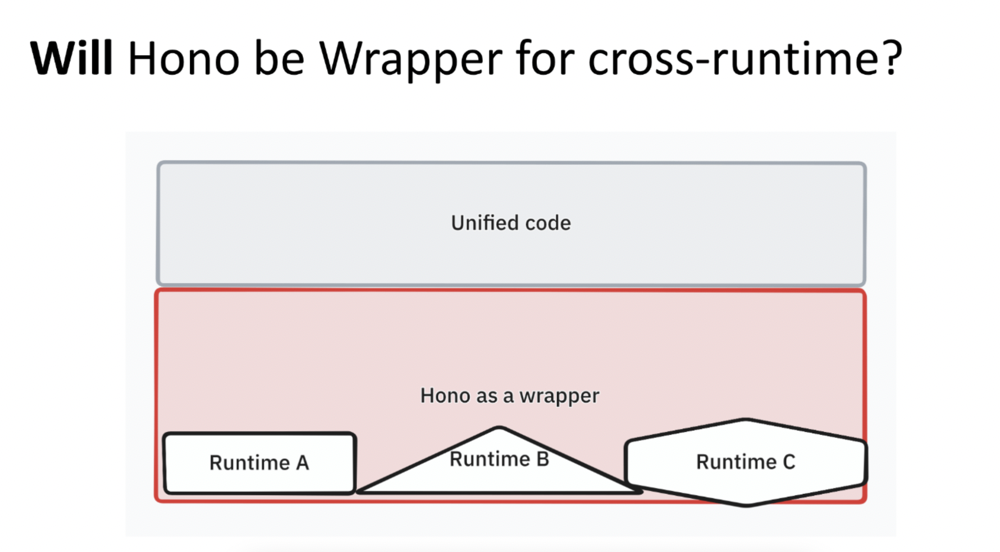
Amazing!
Panel Discussion
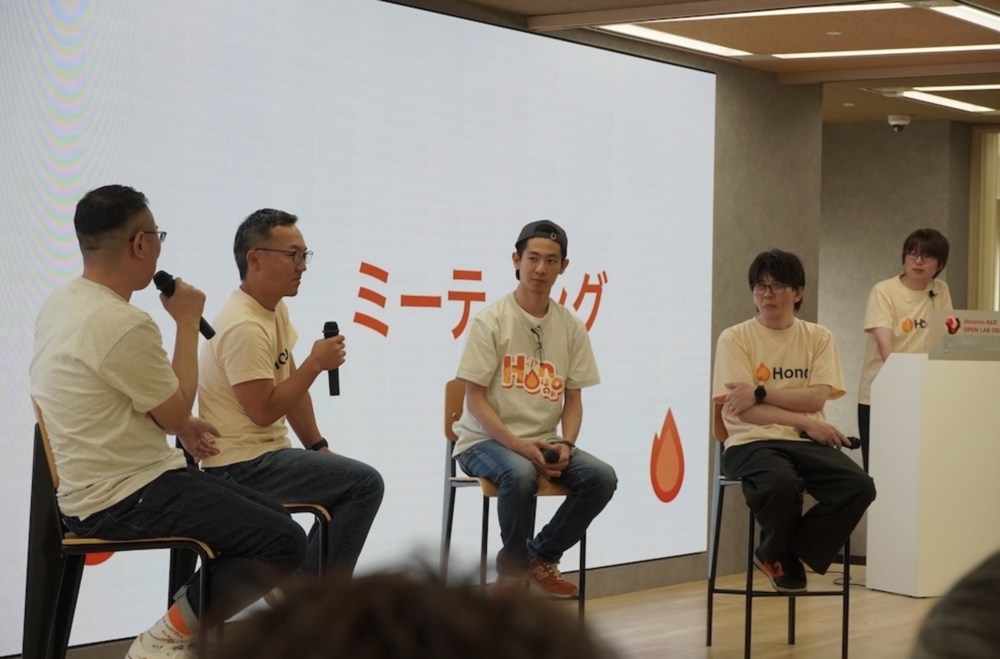
A 50-minute discussion by four panelists, including myself, and a moderator. I talked about my focus on using only web standards for Hono. We also discussed the following topics:
- What we want to achieve with Hono
- React
- Competitors
- Meetings
- Development team
- State of JavaScript / JSNation
- Our thoughts on Hono
Here are some photos to capture the atmosphere since I can’t remember much of the details from participating myself.
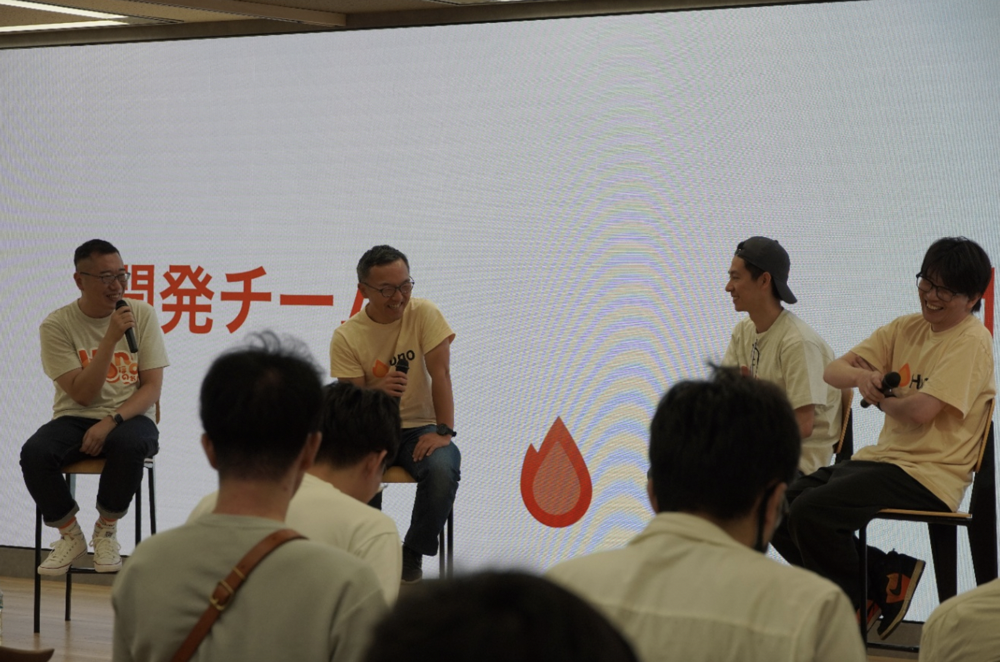
By the way, the photos in this article were taken by syumai and sor4ch.
User Track
Talk sessions by users who are using Hono in real-world applications.
Why Choose Hono? & Tech Stack for the Future by gunta
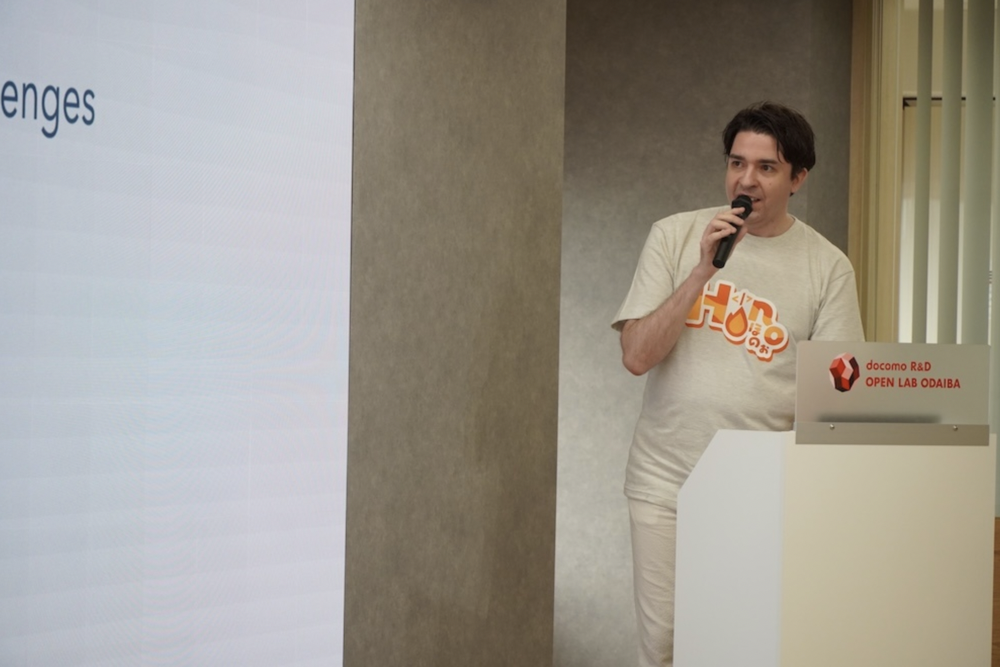
He talked about the past, present, and future of his tech stack. He described Cloudflare Workers as a game-changer for AI applications due to its cost efficiency by billing only for CPU time. Hono was chosen as a framework that runs on Cloudflare Workers as well as GCP, AWS, Azure, and Bun. He also shared use cases of Hono at CyberAgent. Additionally, he discussed various topics like bundlers, package managers, database ORMs, and authentication platforms.
He highly praised the library Effect, and the story about him creating Hono middleware with Effect and submitting a PR on the morning of the conference was quite touching.
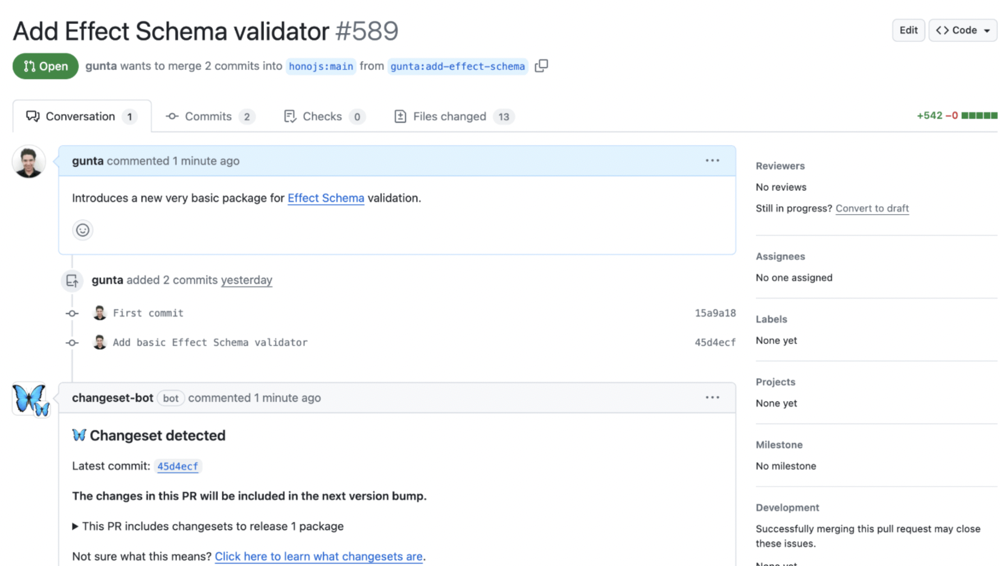
The slides: https://gunta.github.io/talks/1
Using Hono in B2B SaaS Application by sugar-cat7
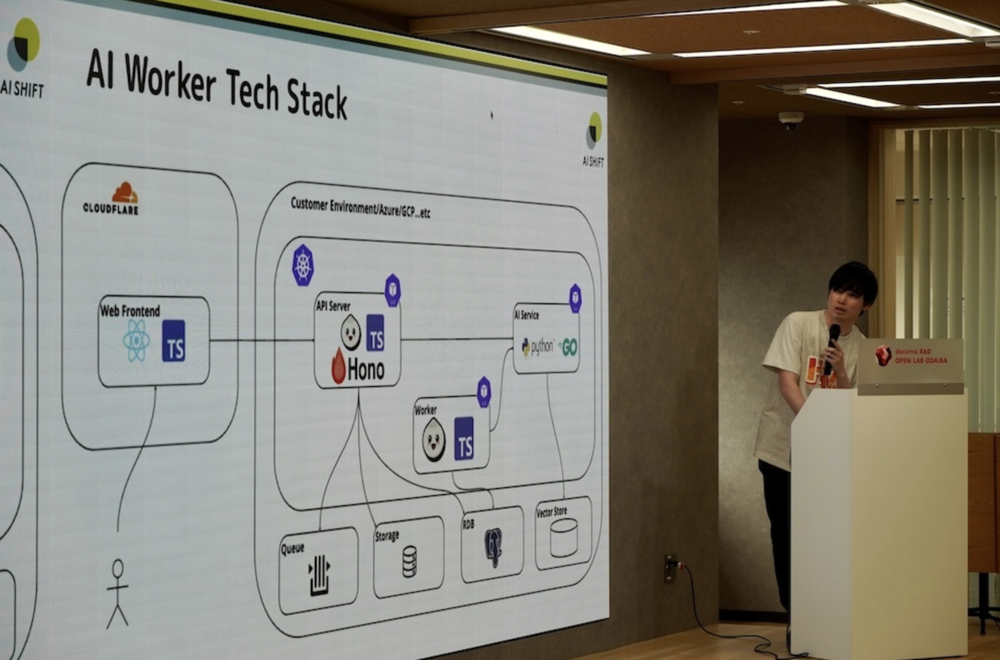
He shared a case study of using Hono and Bun in the API server for AI Worker, a platform leveraging generative AI to enhance businesses.
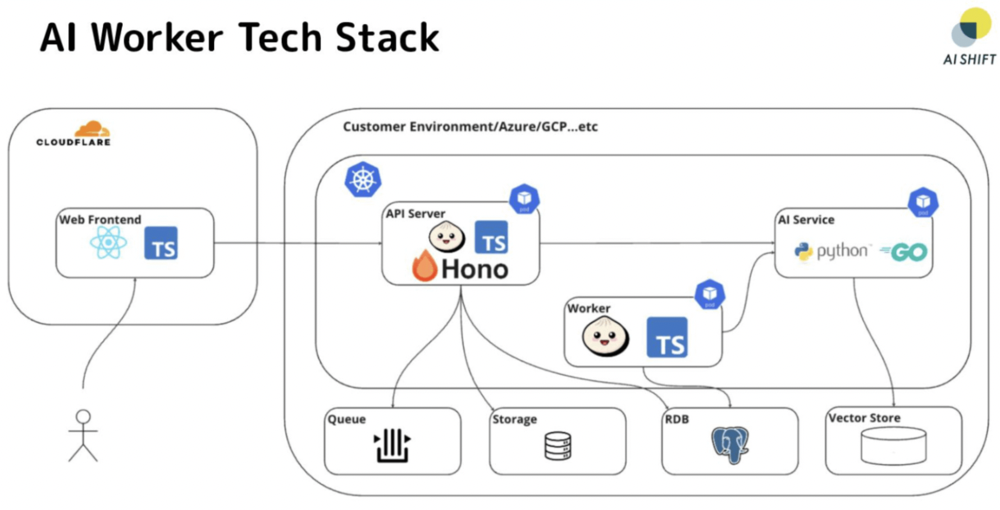
Since they use AI, stream processing is essential. They utilize the SSE support Stream helper in Hono. Additionally, they validate file uploads with @hono/zod-validator. Hono is also used for tenant management and security metrics in their B2B environment.
The slides: https://speakerdeck.com/sugarcat7/using-hono-in-b2b-saas-application
By the way, sugar-cat7 wrote an in-depth article titled “Using Hono to the fullest in 2024” just before the conference. Check it out.
Event Exhibition with Hono by naporin0624
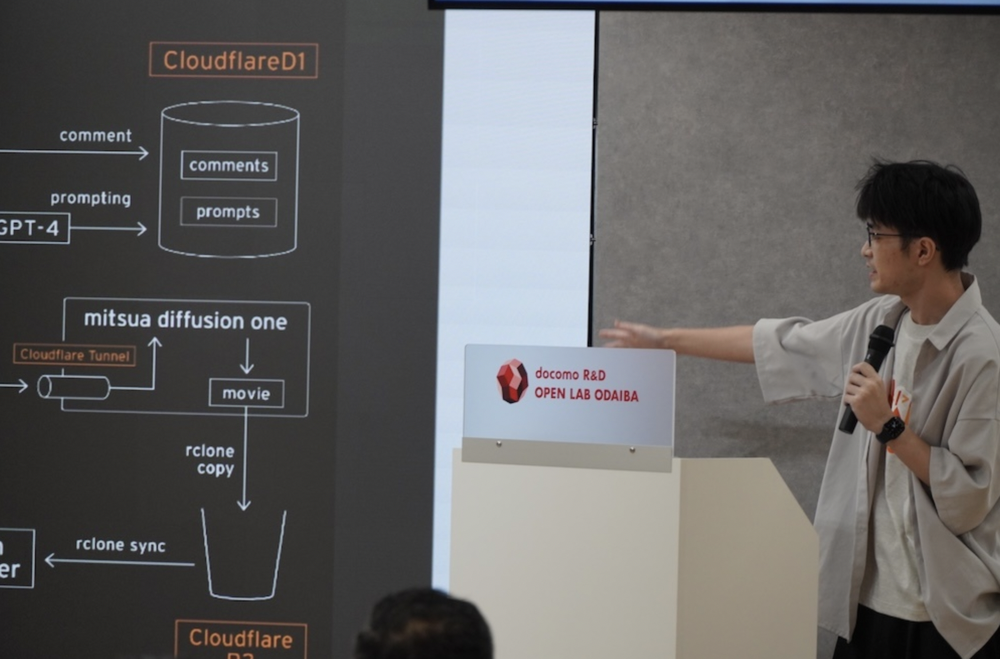
He shared a case study of using Hono and Cloudflare in an interactive video system exhibited at the Osaka Kansai International Art Festival. Cloudflare is recommended for such events due to its cost efficiency and the convenience of Cloudflare Tunnel and Access. They use D1 for the database and R2 for storage. Hono is perfect for using Cloudflare.
For example, he demonstrated how to perform type-safe API communication between a Remix frontend and a Hono backend. First, write a REST API with Hono, then share the type definitions with the Remix app, resulting in a type-safe API client.
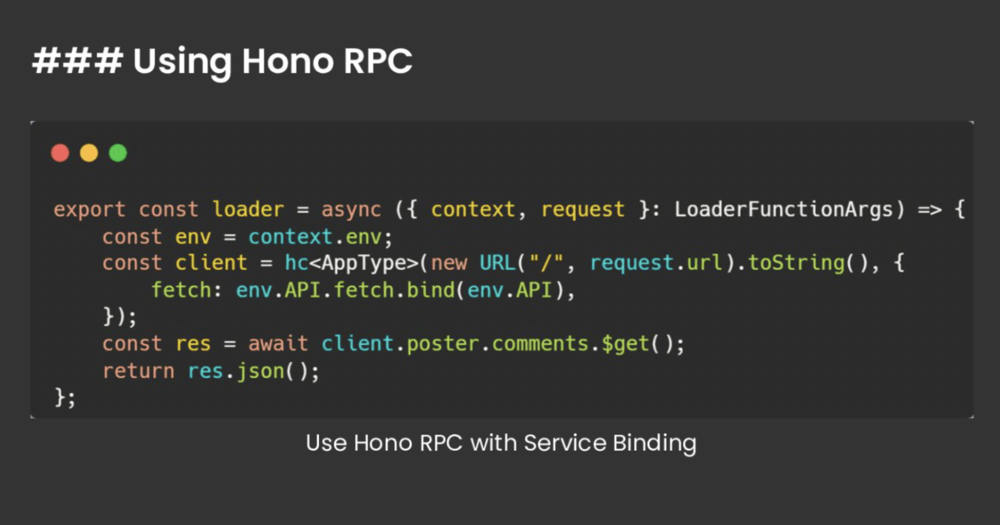
He also shared a case of using Hono as a reverse proxy, utilizing the getPath option for routing based on hostnames.
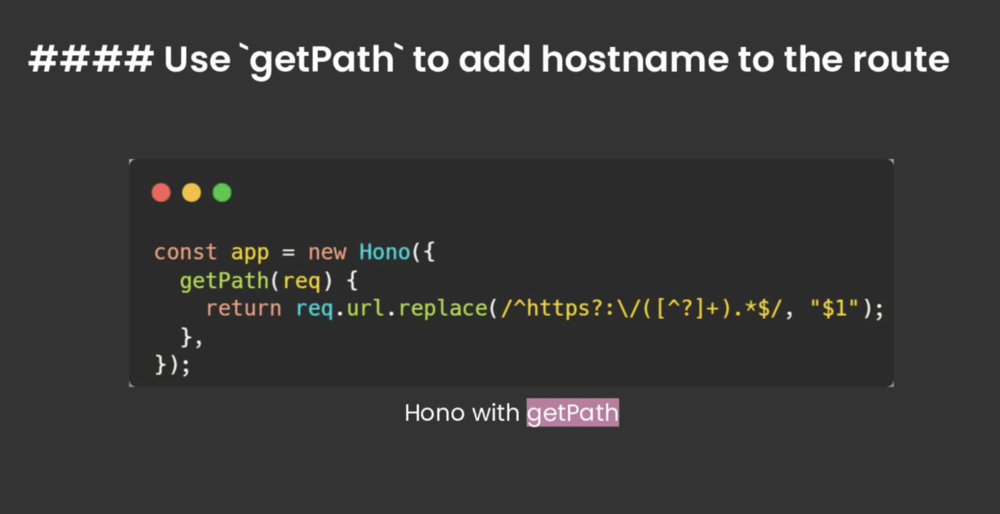
Hono is very useful.
The slide: https://speakerdeck.com/naporin0624/event-exhibition-with-hono
What Hono brought to student organizations? by sushi-chaaaan
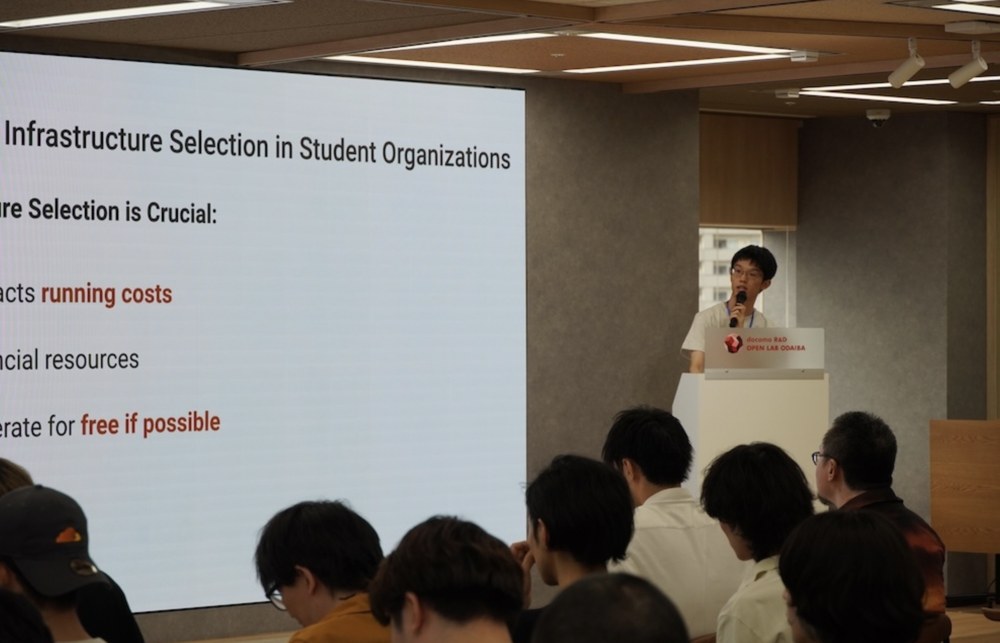
He shared a case study of using Hono and Cloudflare Workers in a reservation system for live concerts in a university organization. For students, it is crucial to keep running costs low, and they prefer to use the free plan. While currently using Cloudflare, they appreciate that Hono allows them to switch to a cheaper platform if one becomes available.
The application architecture example also used Remix for the frontend and RPC communication.
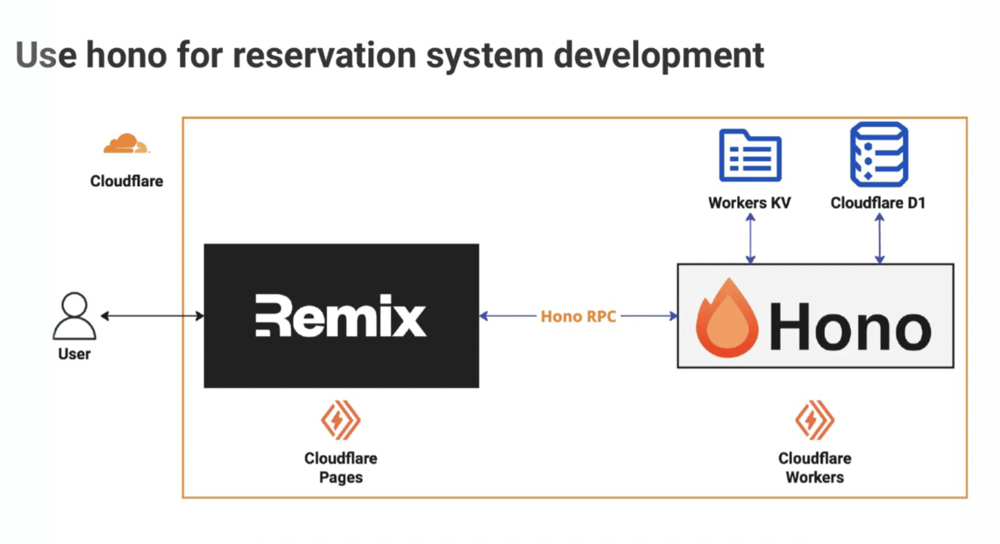
Hono is also great for learning web development. For instance, there are three different ways to return an HTML response, allowing for incremental learning.
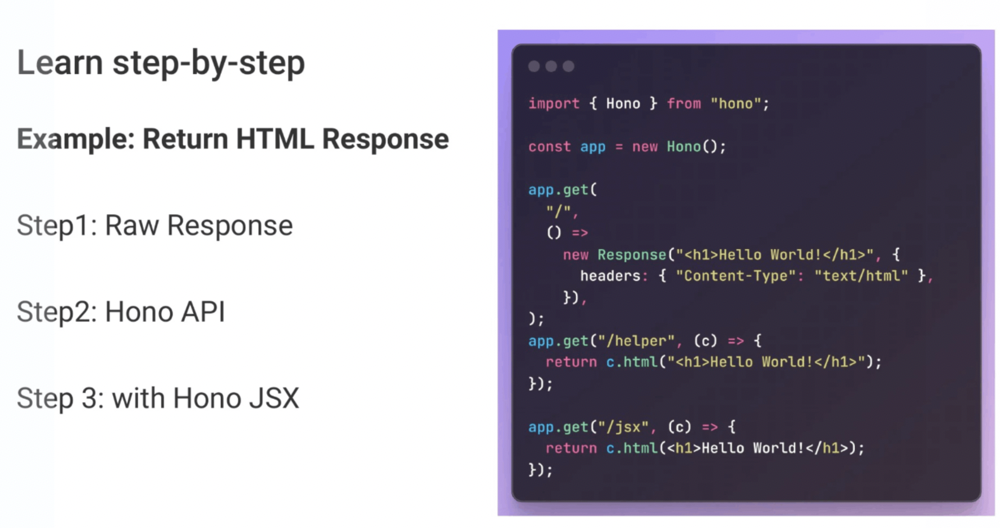
The slides: https://www.docswell.com/s/sushi-chaaaan/5RXLG3-2024-06-22-honoconf
Hono with database on browser playground by inaridiy
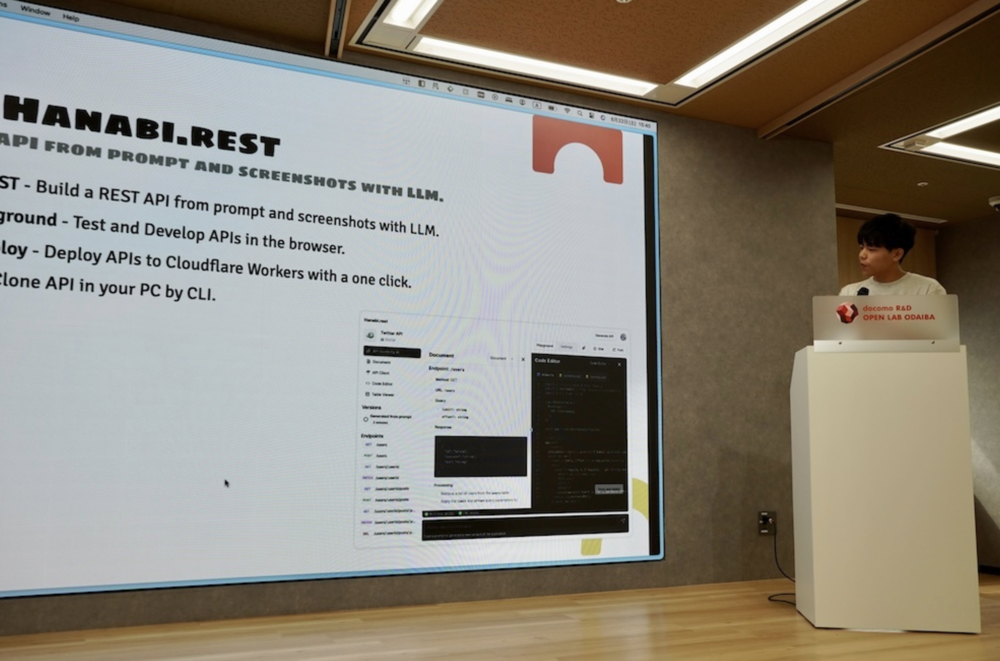
Three developers behind Hanabi.REST presented their work. These developers are university and high school students. Hanabi.REST is a service that uses AI to create REST APIs with Hono based on user input prompts. Users can run, edit, and deploy applications to Cloudflare Workers directly from their browser.
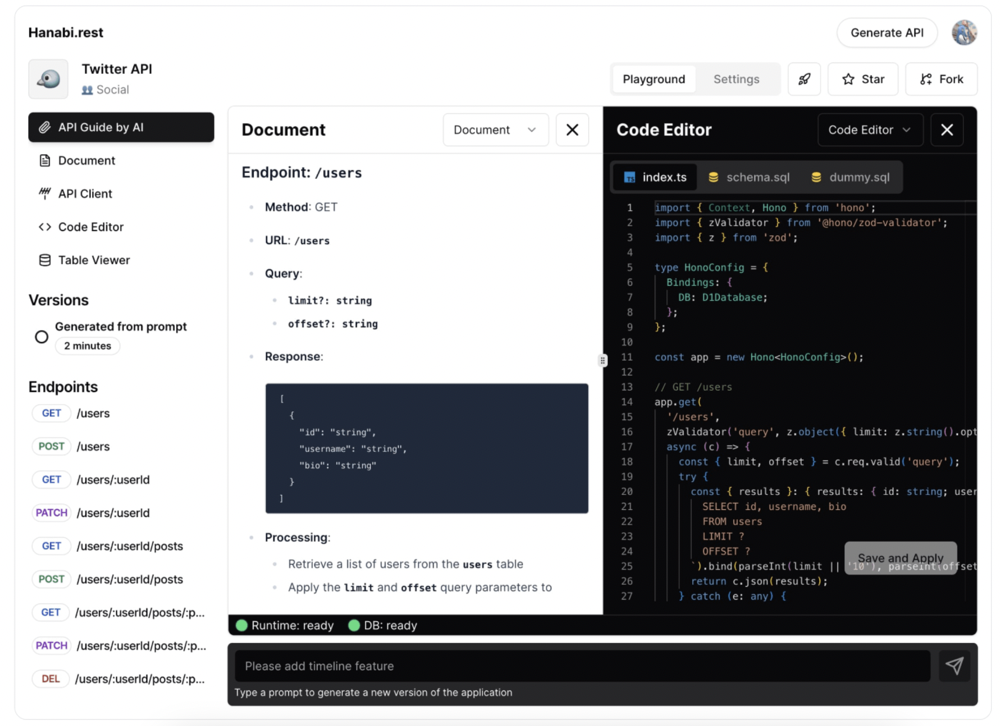
They introduced the backend of Hanabi.REST, where the API constructed can use D1, a database based on SQLite. They emulated SQLite in the browser using SQLite WASM and wrapped it for D1, which was a clever trick.
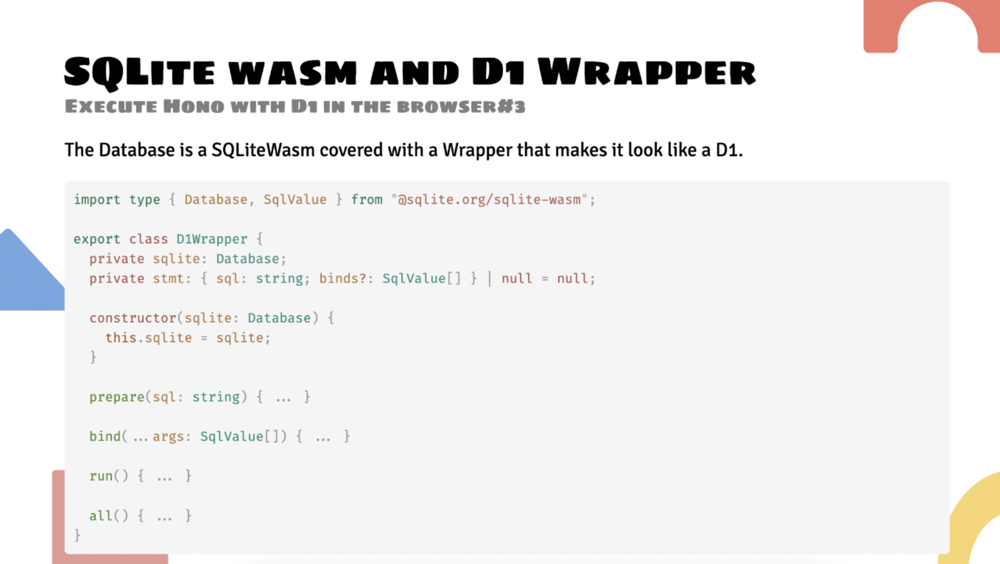
They also talked about providing TypeScript type information in Monaco editor.
The slides: https://hono-conf.hanabi.rest/1
Keynote Speech by usualoma

The keynote was given by usualoma, who is the second most frequent committer to Hono after me.
A funny story shared during the keynote was about our communication on GitHub, where we exchanged New Year greetings.
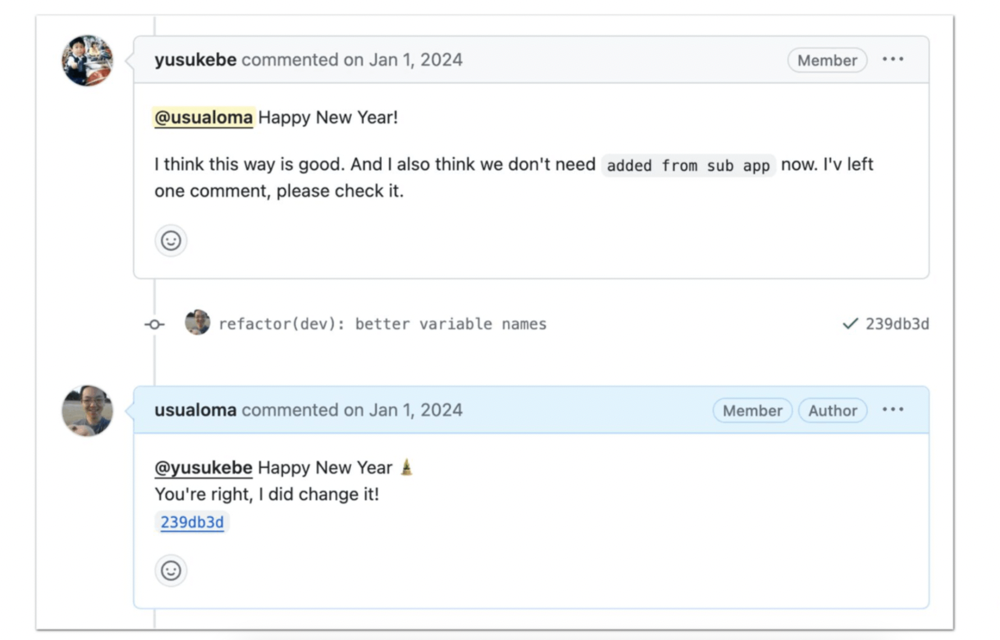
Despite frequent interactions on GitHub, we had only met in person twice, including this event. However, asynchronous communication on GitHub seems to suit us well.
The main theme was about what it means to develop a web framework in the 2020s. According to him, it’s important to redefine existing backend frameworks like Express and Rails, incorporate new technologies like Web Standards and TypeScript, and support multiple runtimes like Cloudflare, Deno, Bun, and Node.js. We are doing this with Hono.
The slides: https://speakerdeck.com/usualoma/we-can-develop-a-framework
Ending
Finally, we thanked the participants, contributors, and users and concluded the event. Amazingly, we now have 160 contributors! Thank you!
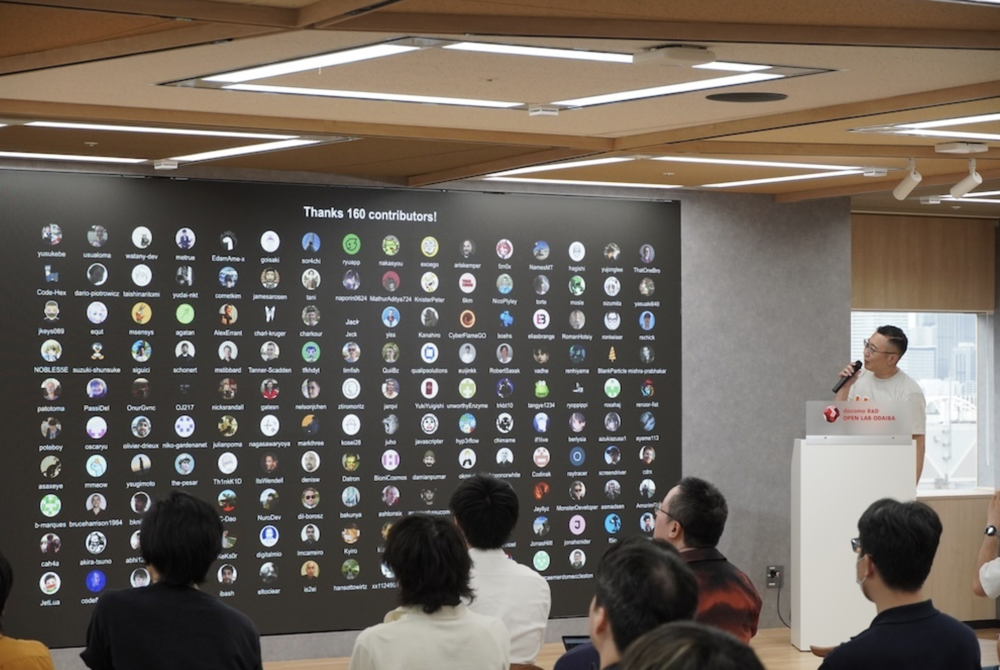
Conclusion
The event lasted for three and a half hours from 1 PM to 4:30 PM. After the presentations, the speakers had a social gathering at an izakaya, where they opened their laptops and discussed new API features.
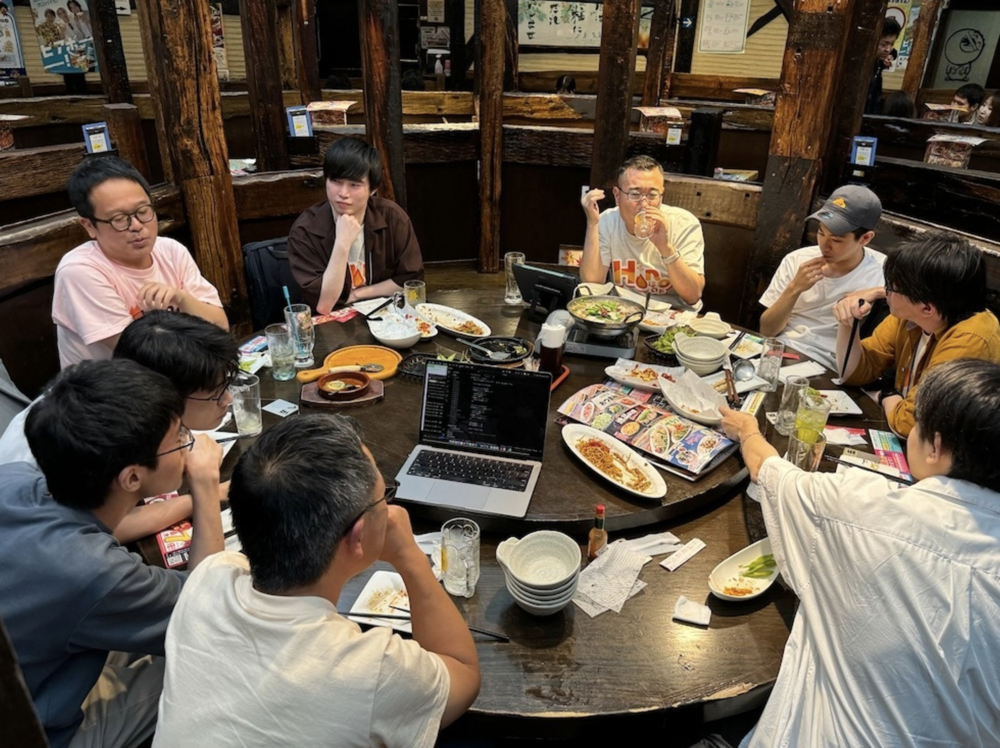
Participants seemed very satisfied, and there were many positive comments on X’s hashtag. Additionally, this article provided great feedback. You can feel the excitement around Hono.
It was also impressive to see many young speakers, including middle school and university students, and some giving public talks for the first time. It was a great opportunity for them.
Will there be another event next year? It sounds challenging, but we hope to host an even bigger conference with international attendees. See you again!
